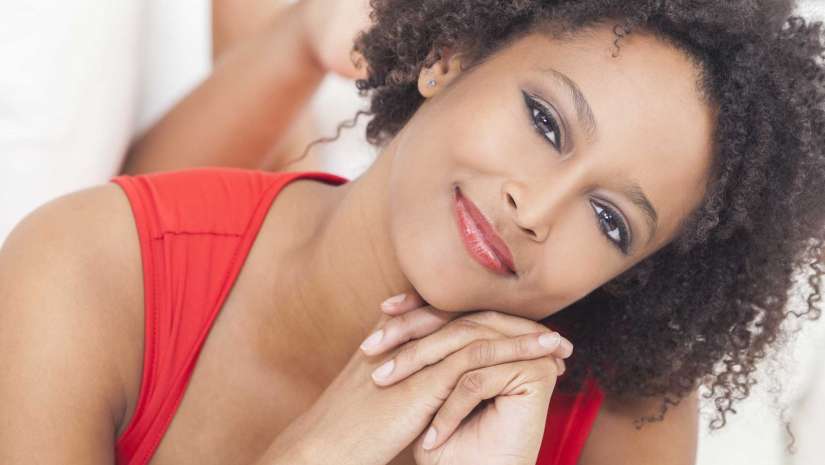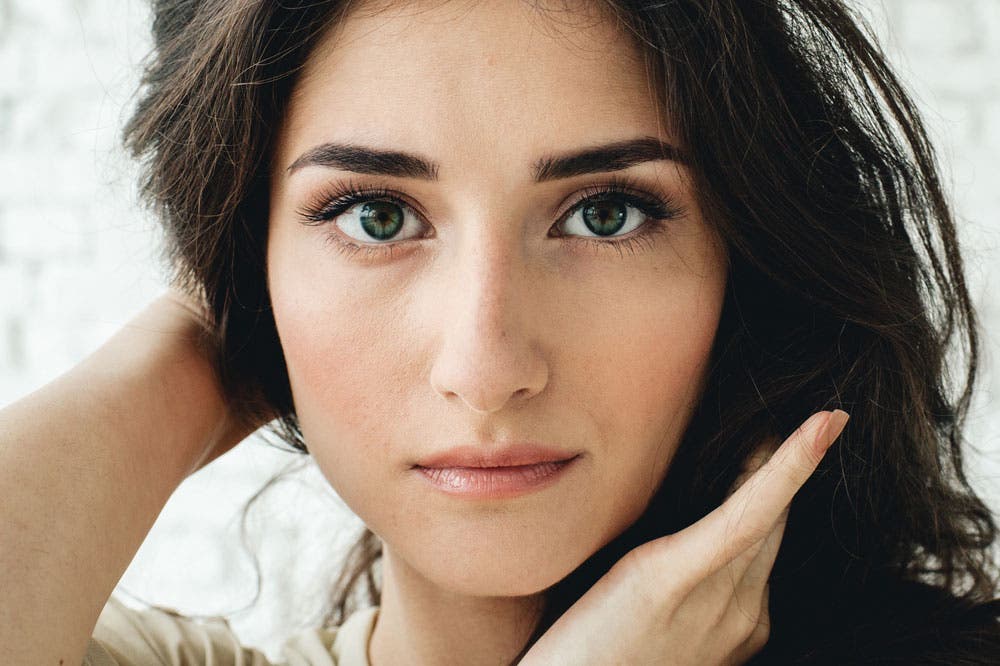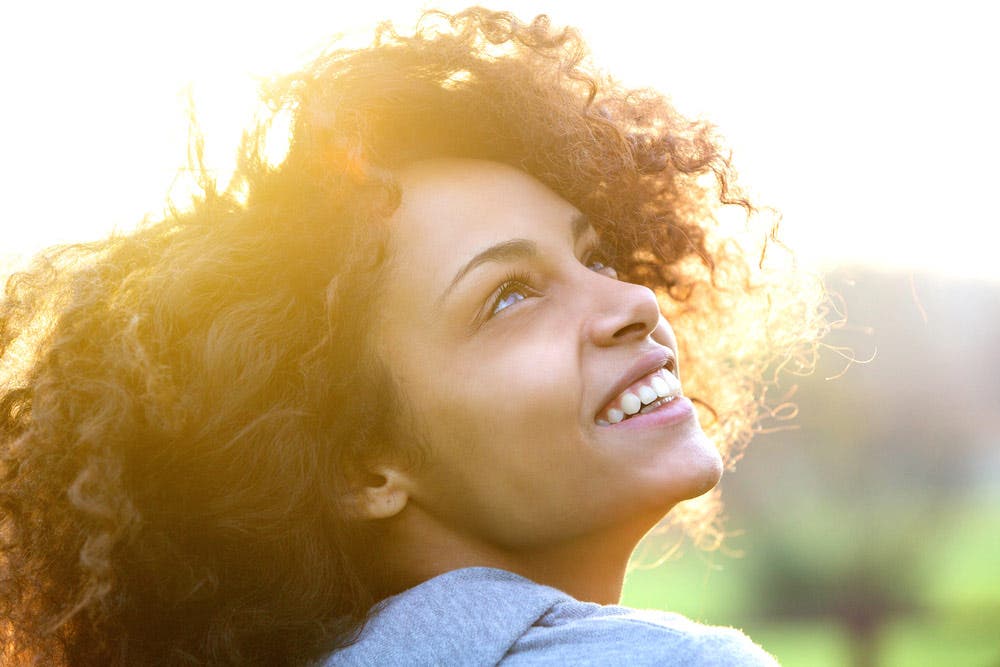Posing for Headshots: How to Pose Subjects for Flattering Close-Up Portraits

#photographyhobbyist #photographybestoftheday #photographyforever
Despite the simplicity of the concept, this doesn’t mean that close-up portraiture is any easier than regular portrait photography. In fact, it puts significant pressure on how the photographer will compose and capture a cohesive, visually and emotionally compelling image. As you may have guessed, it involves much more than just getting a close-up shot of your model. While some of the usual portrait photography tips still apply to close-up portrait work, there are other unique factors to consider in ensuring that you get the exact results that you want.
How do poses improve close-up portraits?

A good close-up portrait not only showcases and enhances the physical beauty of a person, but also expresses a particular emotion to the viewer. While your subject lighting, composition, camera quality, and even post-processing talents can greatly improve your photos, how a subject poses plays a big part in the overall impact of your portrait.
Let’s say a model wishes to have her portrait taken—one where she looks pretty and happy. A complementary pose should make her look more alluring and would also support the mood or emotion that the portrait wishes to convey. Simply put, proper posing makes portraits naturally beautiful and expressive, as opposed to boring and disconnected.
In this article, we’ve put together a list of of simple tips to help you improve your subject’s poses and achieve more compelling close-up shots:
Posing Tips for Flattering Close-Up Portraits

- Focus on expressive eyes
- Emphasize your model’s best features
- Play down unattractive features
- Use the hands
- Do the two-thirds turn
Focus on expressive eyes
The strongest and most striking feature in any portrait is usually the subject’s eyes. They’re said to be the “windows to the soul,” and it couldn’t be more true when it comes to close-up photos.Your model can look directly at your camera or stare into space with their head slightly turned to the side. Whatever the pose, remember to keep your camera’s focus on the eyes. It may also help to talk to your model about the emotion they would like to express with their eyes so you can guide their facial expression accordingly for the shot..
Bonus tip: You can use a slightly wide aperture to give the subject softer and younger-looking skin while keeping the eyes sharp.
Emphasize the best features
A quick observation of your subject’s face can help you determine their most appealing physical attributes. It can be their striking eyes, prominent cheekbones, white teeth, full lips, dimples, cleft chin, or even their multiple ear piercings.Your model can turn their head slightly to the side to emphasize their nose, face the camera directly to show off their ears or earrings, or tilt the head up to put more focus on their mouth and lips. The key is to position the facial feature slightly nearer to the camera for it to catch the eye of the viewer. Take advantage of different lighting techniques to further highlight certain features, but make sure to direct the position of your subject’s head properly to ensure that the light accentuates the best parts of the face.
Play down unattractive features
As you emphasize your model’s best features with the help of your camera’s focus and a couple of flattering poses, you must also take note of any details and characteristics that your model may be self-conscious about.To slim down the face, play around with angles or ask your model to push their head (specifically, the forehead) forward and then tilt it slightly down to accentuate the jawline while hiding an unsightly double chin. To minimize reflections from eyeglasses, the model can lower their chin or you can shoot from a slightly higher angle. They can make their ears look smaller by facing the camera in a slightly different direction and angle. Those with prominent noses may also want to avoid facing the camera straight on.
Use hands
Posing with hands and arms can definitely help make a person’s figure look more flattering in a typical half or full body portrait. But when it comes to close-up headshots, it still helps to include hand poses into tighter frames.Instruct your model to lightly place their idle hand and pads of their fingers on one side of the face for a more feminine look. They can also put their chin on top of their fingers or palms to give them a sense of wonder. Both male and female subjects can also try to brush their hands through their hair.
Play around with different hand poses to complement your subject’s face. Just make sure to have them keep the hand slightly bent with the fingers close together. Straight and stiff “jazz” hands can make the shot look awkward and draw unnecessary attention to the size of the hand compared to the face.
No comments:
Post a Comment
Note: Only a member of this blog may post a comment.